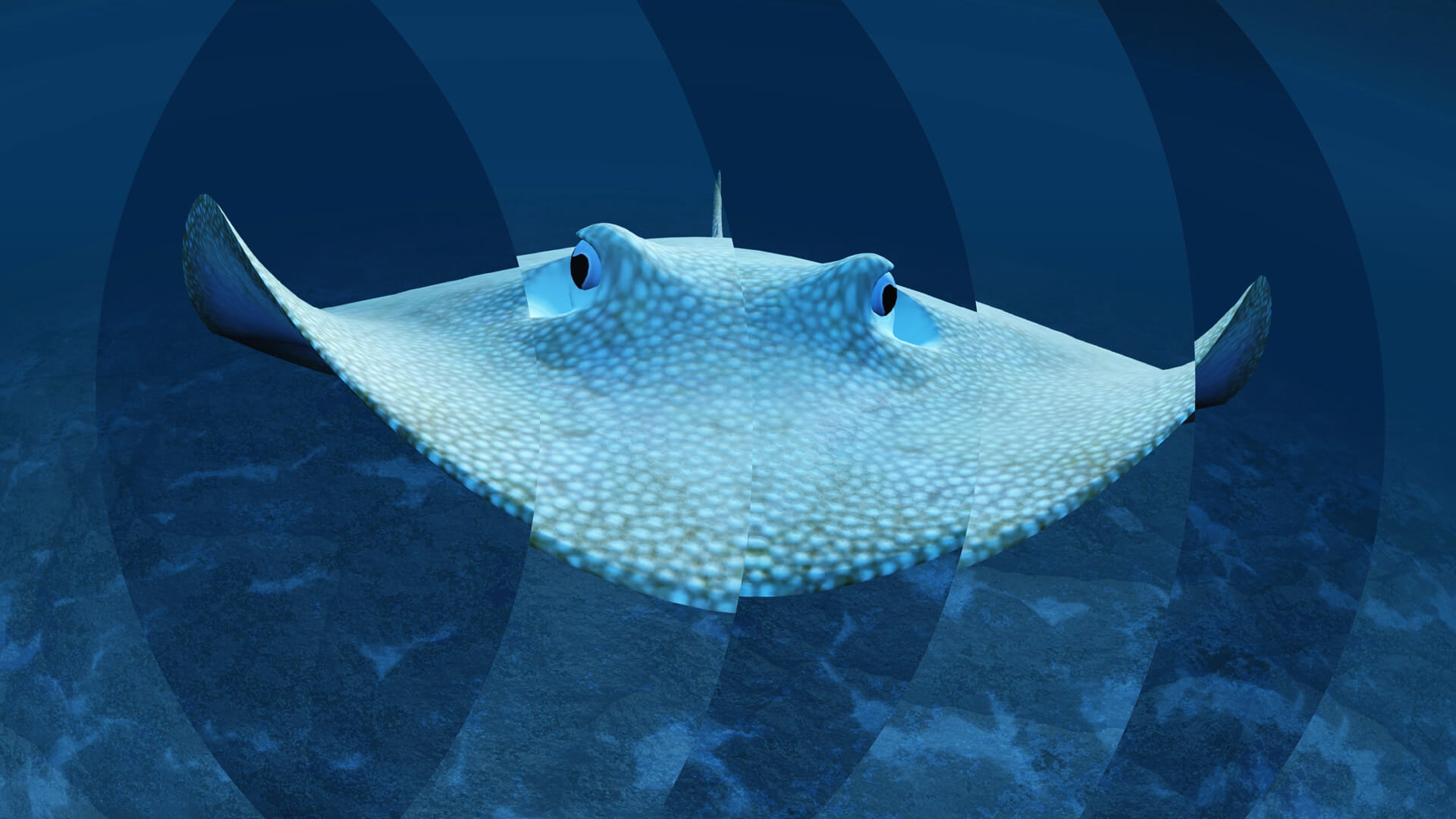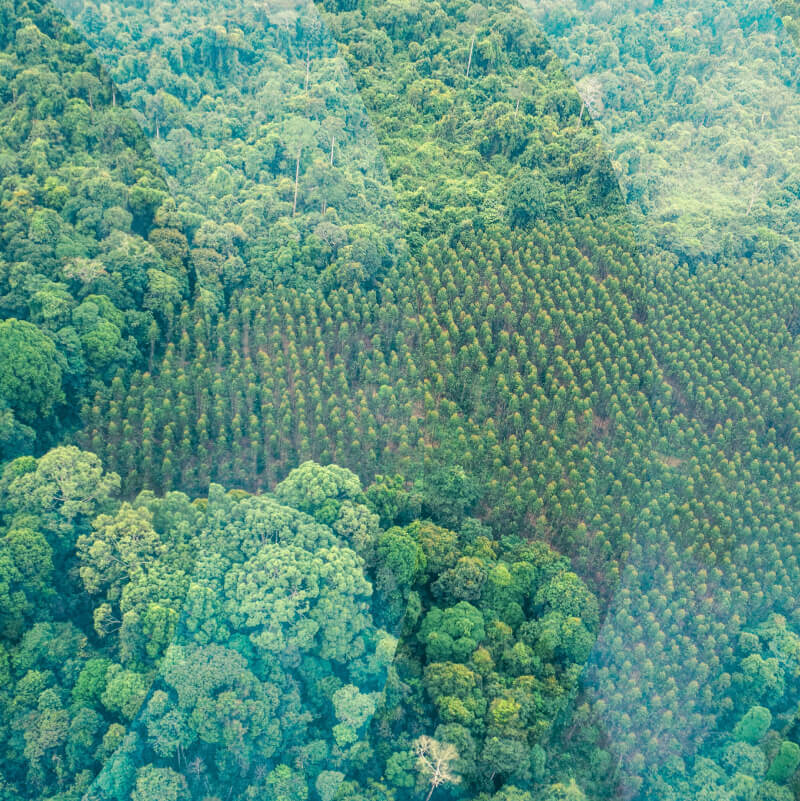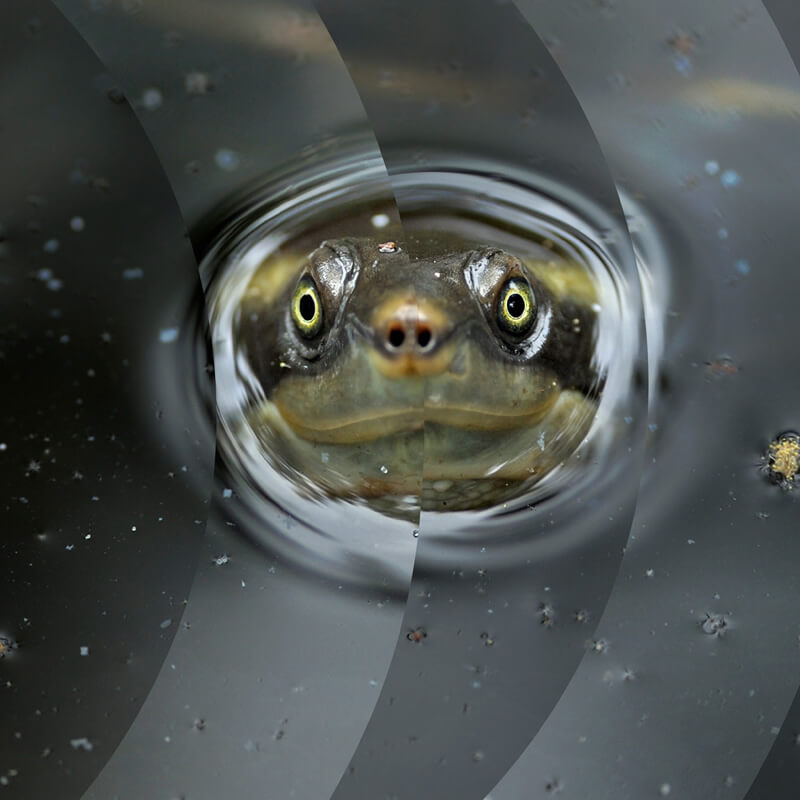IUCN RHINO Measurement Framework
Supporting corporate contributions to Nature Positive goals
The IUCN RHINO approach provides a robust, science-based framework for companies to assess and demonstrate their contributions to global biodiversity goals. Built on IUCN’s trusted metrics and standards, it aligns with the Kunming-Montreal Global Biodiversity Framework (KMGBF) and supports efforts to “bend the curve” of biodiversity loss.

Key focus areas
- Reducing species extinction risk through targeted threat abatement
- Promoting biodiversity recovery via ecosystem conservation and restoration

Core metrics
- STAR (Species Threat Abatement and Restoration): A spatially explicit metric based on the IUCN Red List, helping companies identify where their actions can most effectively reduce extinction risk
- Ecosystem Metrics (in development): Will assess ecosystem extent, condition, and collapse risk, complementing STAR to provide a fuller picture of biodiversity impact

Corporate applications
- Enables companies to measure and aggregate biodiversity contributions across sites, portfolios, and value chains
- Supports alignment with government biodiversity targets and global policy instruments
- Provides a pathway to demonstrate verifiable contributions to Nature Positive goals, though it is not yet a certification tool

Piloting and future development
- The Nature Positive Initiative is piloting the approach with companies to refine metrics and expand ecosystem coverage
- Future updates will include marine and freshwater species, genetic diversity metrics, and calibrated STAR scores for site-specific impact verification

Why it matters
By using the IUCN RHINO framework, companies can:
- Identify high-impact areas for conservation
- Align with global biodiversity targets
- Contribute meaningfully to reversing nature loss
Species metric
At the heart of the IUCN RHINO approach is the Species Threat Abatement and Restoration (STAR) metric. STAR enables companies to quantify how their actions reduce species extinction risk, using globally standardised data from the IUCN Red List of Threatened Species™.


How STAR works
- STAR combines threatened species diversity, range restriction, and threat status to identify where interventions can have the greatest impact
- It is spatially explicit, allowing companies to assess biodiversity risk and opportunity at specific sites—such as farms, mines, infrastructure projects, or protected areas
- STAR scores are scalable and can be aggregated across portfolios, regions, or sectors, supporting corporate reporting and alignment with national biodiversity targets
- Through STAR calibration, actions to reduce species extinction risk can be identified and implemented

Two complementary components
- START (Threat Abatement): Identifies areas where reducing threats (e.g., habitat loss, pollution) can significantly lower extinction risk
- STARR (Restoration): Highlights areas where habitat restoration can help recover species populations, especially where historical impacts have occurred

Business relevance
- Companies can use STAR to link their activities directly to biodiversity outcomes, identifying high-impact areas for conservation and mitigation
- STAR supports science-based target setting and prioritisation across assets and operations
- It enables transparent reporting and engagement with governments using metrics aligned with policy instruments

Data and accessibility
- STAR is available via the Integrated Biodiversity Assessment Tool (IBAT), with global data layers covering terrestrial vertebrates (amphibians, reptiles, birds, mammals)
- Marine and freshwater layers are being developed, along with national-level STAR applications using National Red Lists

Verification and calibration
- STAR scores can be calibrated through ground-truthing to reflect actual species presence and threat levels at a site
This enables companies to set Target STAR values (expected outcomes) and track Realised STAR values (validated reductions in extinction risk).
Ecosystem metric
While STAR focuses on species-level impact, the IUCN RHINO approach is evolving to include ecosystem approaches that assess the extent, condition, and risk of ecosystem collapse. These metrics will be based on the IUCN Red List of Ecosystems (RLE) and the Global Ecosystem Typology.

Ecosystem metrics will help companies evaluate broader ecological integrity and dependencies beyond individual species

Once fully developed, they will complement STAR by identifying priority ecosystems for conservation and restoration
These metrics are currently being piloted through the Nature Positive Initiative and will be integrated into future versions of the IUCN RHINO approach.


Looking ahead
The IUCN RHINO approach is evolving through piloting with companies under the Nature Positive Initiative. Future updates will expand ecosystem metrics, integrate genetic diversity, and refine STAR calibration methods.
By adopting the IUCN RHINO approach and leveraging STAR, companies can take credible, measurable steps toward a Nature Positive future—demonstrating leadership in biodiversity stewardship and aligning with global sustainability goals.
Take your first step to Nature Positive outcomes
IUCN RHINO guides what to do, where to act, and how to measure progress towards Nature Positive outcomes.




